Lose yourself in these experience-first websites, whose technical and creative design sensibilities are tapping into the rise of virtual and augmented reality.
It’s no secret that great design is a foundational element of any effective marketing strategy. In fact, design principles do more than simply pleasing our aesthetic sensibilities; research has proven time and time again that design exerts a significant influence on human psychology. In fact, according to psychological research rooted in prehistoric human behavior, visuals may be the dominant influence on how we make decisions.
What’s more, design can shape viewers’ perceptions of reality — a huge implication for brands seeking to influence consumer thoughts and behaviors. Researchers Masaaki Kurosu and Kaori Kashimura conducted an experiment validating the notion that users are highly influenced by the aesthetics of a given interface — even when trying to make an unbiased assessment of the underlying functionality. The researchers installed two adjacent ATMs that operated in the same way but designed one with a aesthetically-pleasing display and the other with a less attractive display. Overwhelmingly, users reported that the attractive ATM functioned better than the less attractive machine.
Today, brands within the vanguard of design are pushing the limits by tapping into the psychological power of design while harnessing tech tools to enhance UX. Inspired by virtual reality (VR) and augmented reality (AR), a number of brands are launching highly interactive and customizable websites that offer a personalized, immersive experience. At the same time, digital marketing is witnessing a rise in digital storytelling and what is known as “storyscaping” — the creation of digital worlds that connect consumers to brands through highly interactive, story-like platforms.
Curious? These are some of the best examples of immersive websites and storyscapes we’ve seen recently:
1. AWGE
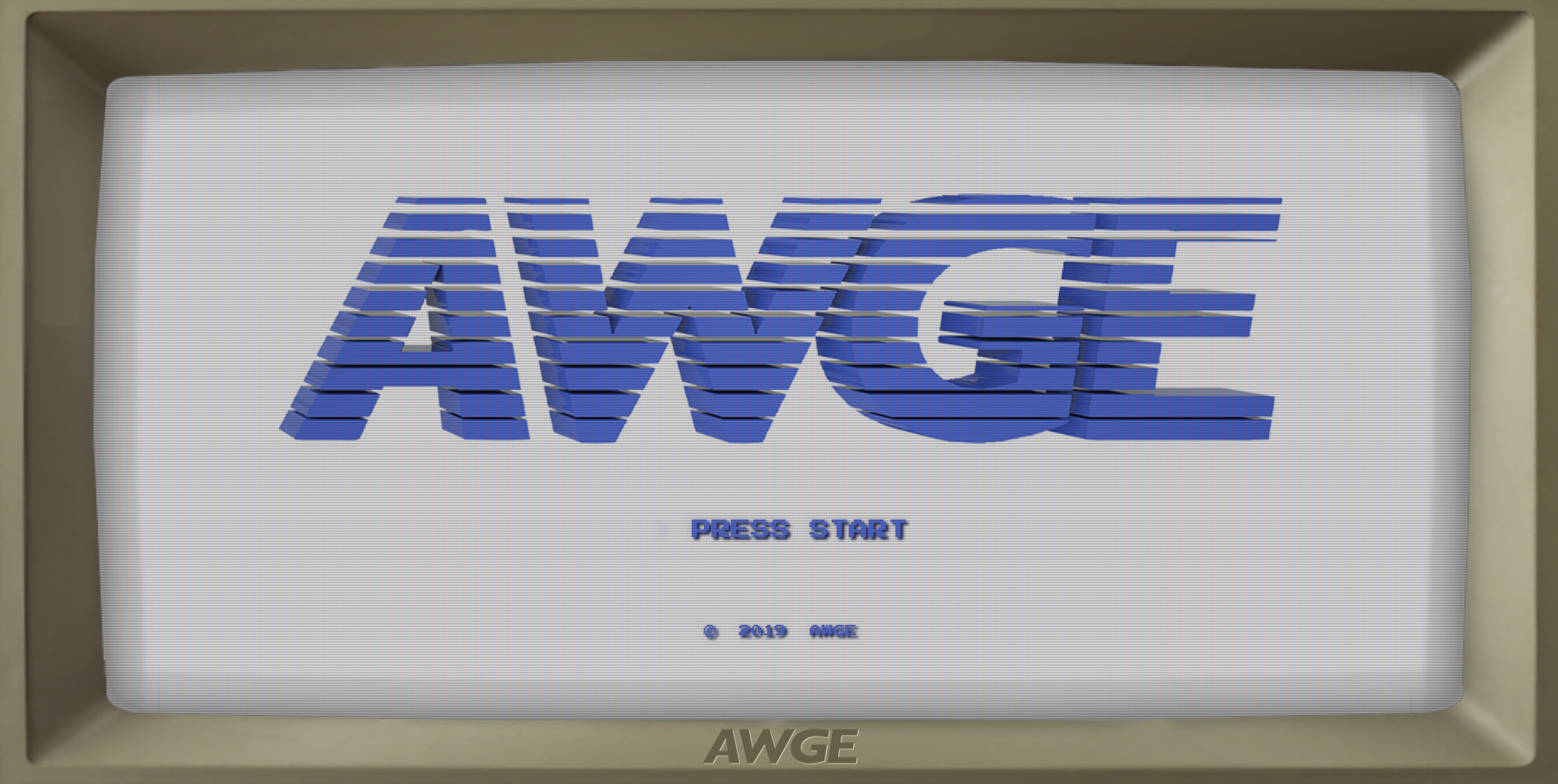
AWGE is the mysterious creative collaborative of New York-based rapper and self-proclaimed “Fashion Killa” A$AP Rocky. Inspired by 80s and 90s era lo-fi digital media, the site’s homepage looks like the portal to a Nintendo 64 video game, complete with a flickering LCD effect.
Users are invited to “Press Start”, where they are redirected to a kind of ‘choose-your-own-adventure’ screen with rotating logos for different sections of the site. Users can explore music videos, artist profiles, apparel and more, with embedded microinteractions that create a unique experience tailored to users’ clicks and scrolls.
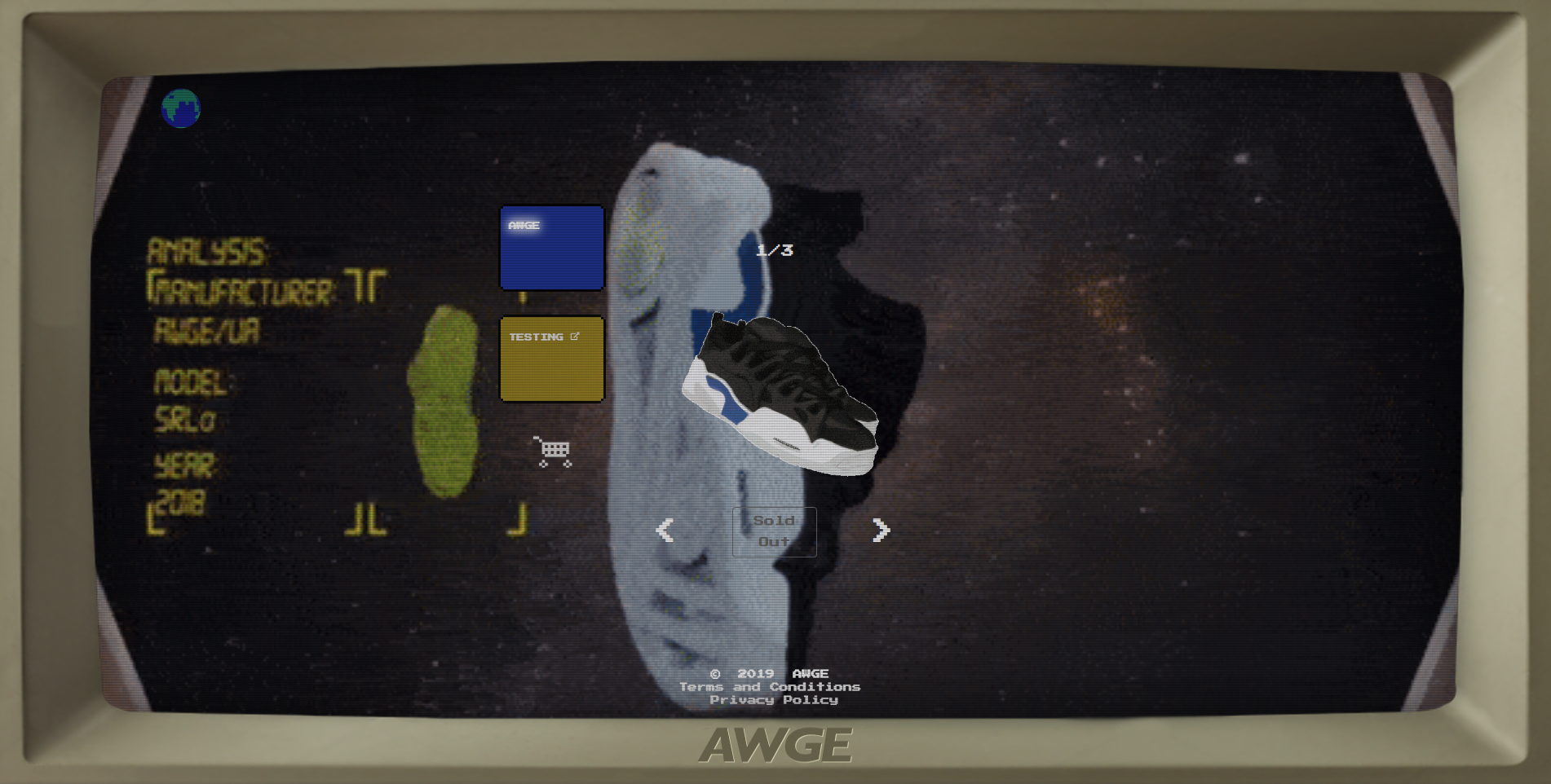
2. Wind and Words

The beta version of this beautiful and immersive Game of Thrones data experiment will bring out the inner nerd in every user. Users enter the site to find animated panels that serve as portals into digital stories for each season of the Emmy-winning show. Within each portal, users can toggle along a ring of character profiles to discover the character’s number of lines and with whom they interacted the most during the given season.
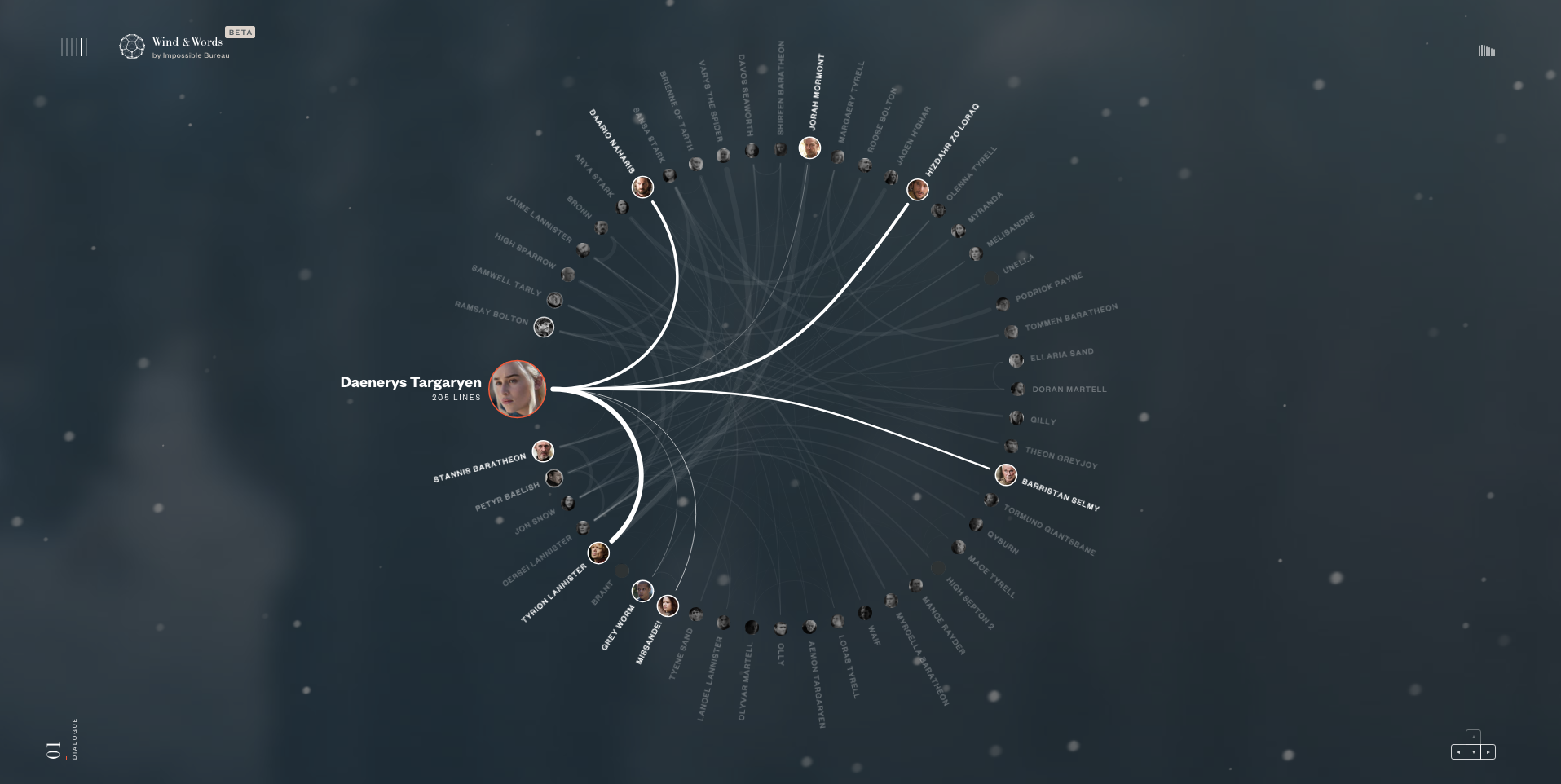
Additional data appears in elegant animations in response to user scrolling, including top keywords that were spoken during the season, average lines per episode, types of words, and writing style.
3. A Digital Volcano

A marriage of outstanding design sensibilities and high-impact data, GE’s Digital Volcano is an open-source data exploration of Nicaragua’s Masaya volcano. The digital story was created after a team of volcanists installed the world’s first and only zip line into an active volcano, enabling them to position a series of wireless sensors that collect information on humidity levels, tremors, pressure, and other data from the volcano’s activity.

Site users can take a deep-dive — both figuratively and literally — into the volcano with advanced 3-D graphics and immersive, full-screen video footage. The site’s embedded predictive analytics software enables scientists to predict the volcano’s activity, creating an accurate digital warning system for volcanic activity that may be invisible to the naked eye.
4. Visit Humboldt

Humboldt County, a sliver of land along the northwestern coast of California, has gone above and beyond to promote tourism to the region with this immersive ‘choose-your-own-adventure’ (literally) site. Users choose their preferred type of vacation — adventurous, relaxing, family-friendly, or romantic — then dive into highly-sensory video tours of towering redwood forests, fog-engulfed beaches, white-water rivers, and charming small-town streets.

At any time during the video tour, users can add a location to their personal Humboldt vacation itinerary by simply clicking anywhere within the visual field. Trip planning while losing yourself in the fresh air feels of NorCal? Yes, please.
5. Radio Garden
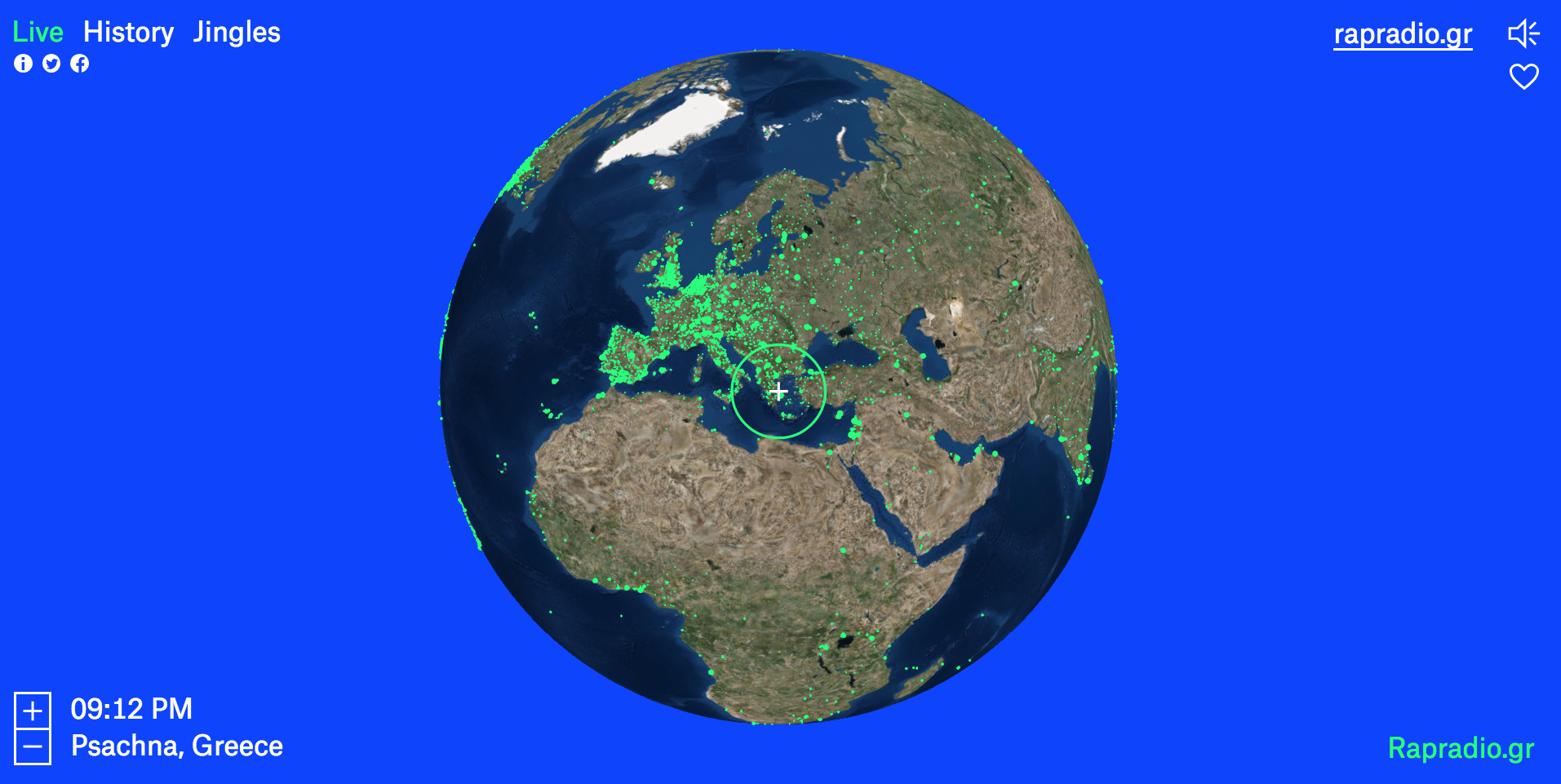
Immersive in sound more than sight, perhaps, is the creative Radio Garden, depicting a rotating globe graphic that animates with neon green indicators of live radio stations. Users can interact with the globe, panning in any direction and zooming in or out, clicking on the green indicators to tune into live radio stations across the globe.
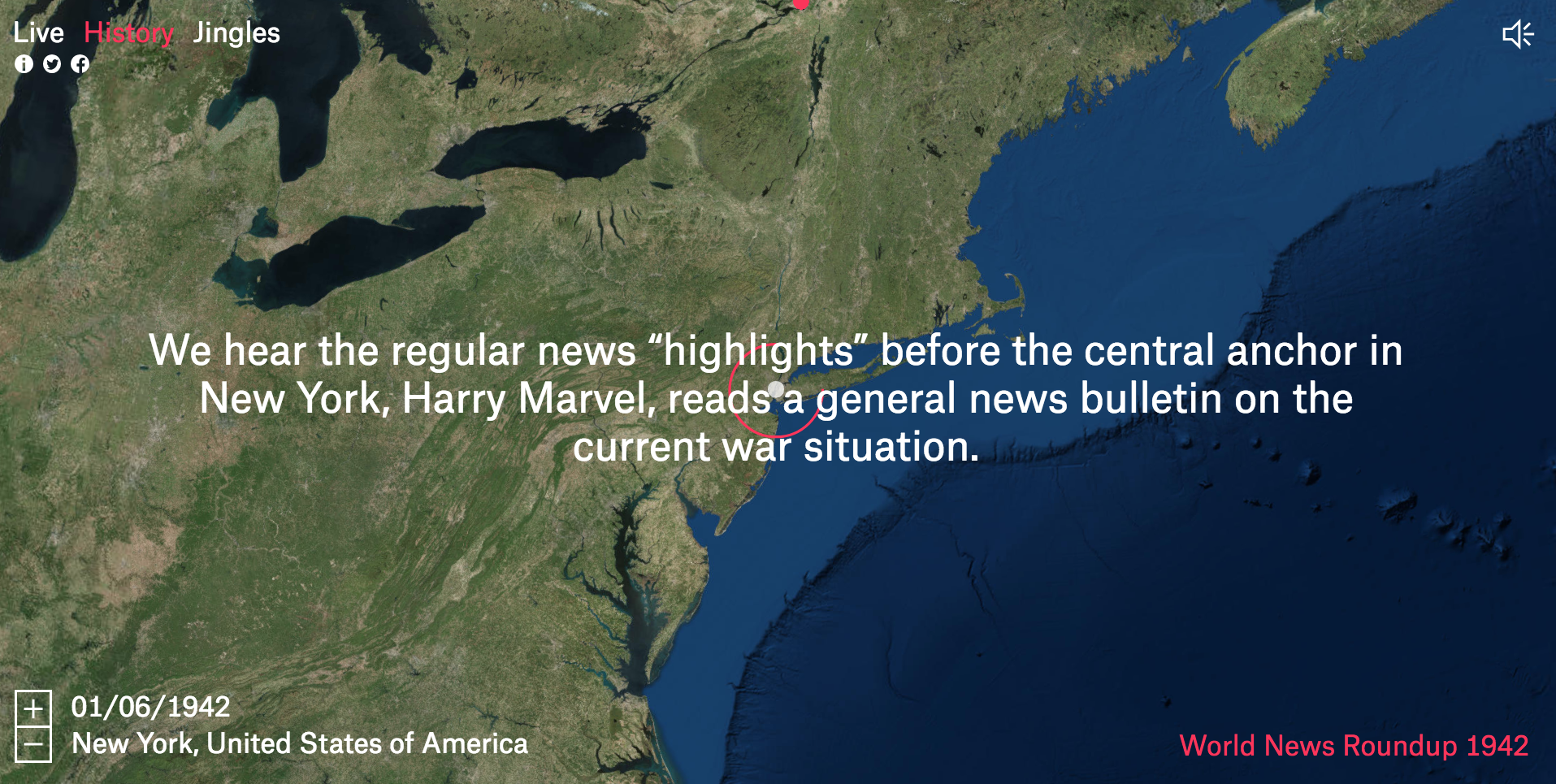
In the upper left corner, users can switch out the interface for historical radio recordings — where they can hear German propaganda on Warsaw radio stations in 1942 or music from the Hebrew Voice of Peace radio station in 1980s Israel. The result is a sensory voyage through cultures and history that invites users to discover more about the world of which they are a part.
6. Deadliest Catch 360

Discovery Channel’s Deadliest Catch 360 VR experience, inspired by the hit docu-series on the perils of crabbing in the Bering Sea, is adventurous and informational. Users ‘board’ the ship of their choosing and explore by using their mouse or touchpad to gain 360° views of their environment.
A fully immersive experience, the site plays sounds from a ship, its radio systems, and the surrounding waters. Users can change viewpoints and explore different areas on deck or in the hull of the ship, clicking for audio recordings of captains and crew members sharing personal anecdotes and information about respective on-board locations.
Digital Storytelling: the Future of Marketing
Though these immersive sites are the herald of a movement, digital storytelling is becoming integrated more readily in everyday sites. Brands are choosing to share everything from annual reports to research-based journalism through digital storyscapes that render the user the creator.
The draw for brands? High degrees of interactivity promote deep engagement your site, encouraging consumers to become active participants — rather than passive viewers — in your brand’s story. When users feel connected to your brand in a way that prioritizes their autonomy while appealing to their psychological affinity for great design, they are more likely to turn into customers.


